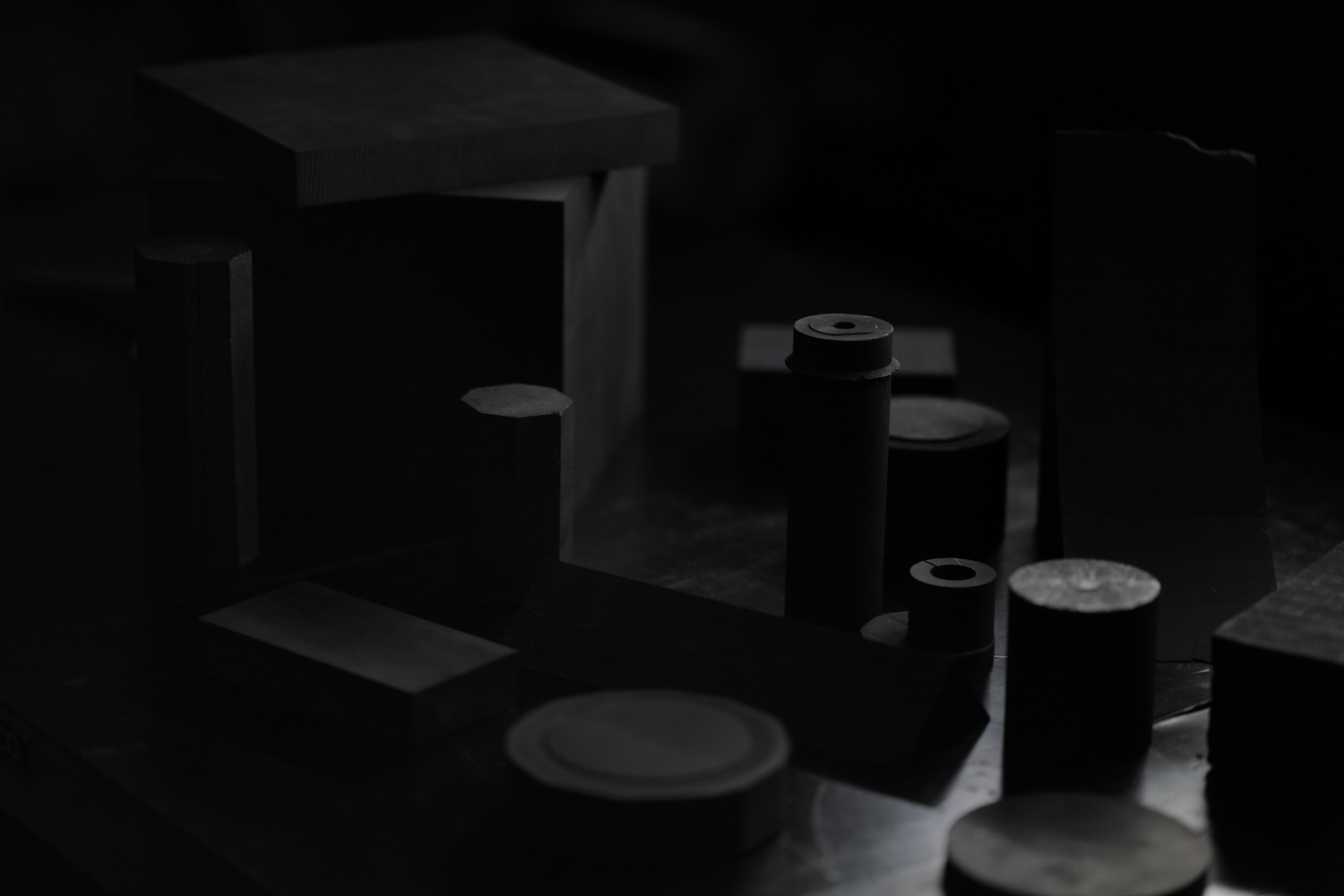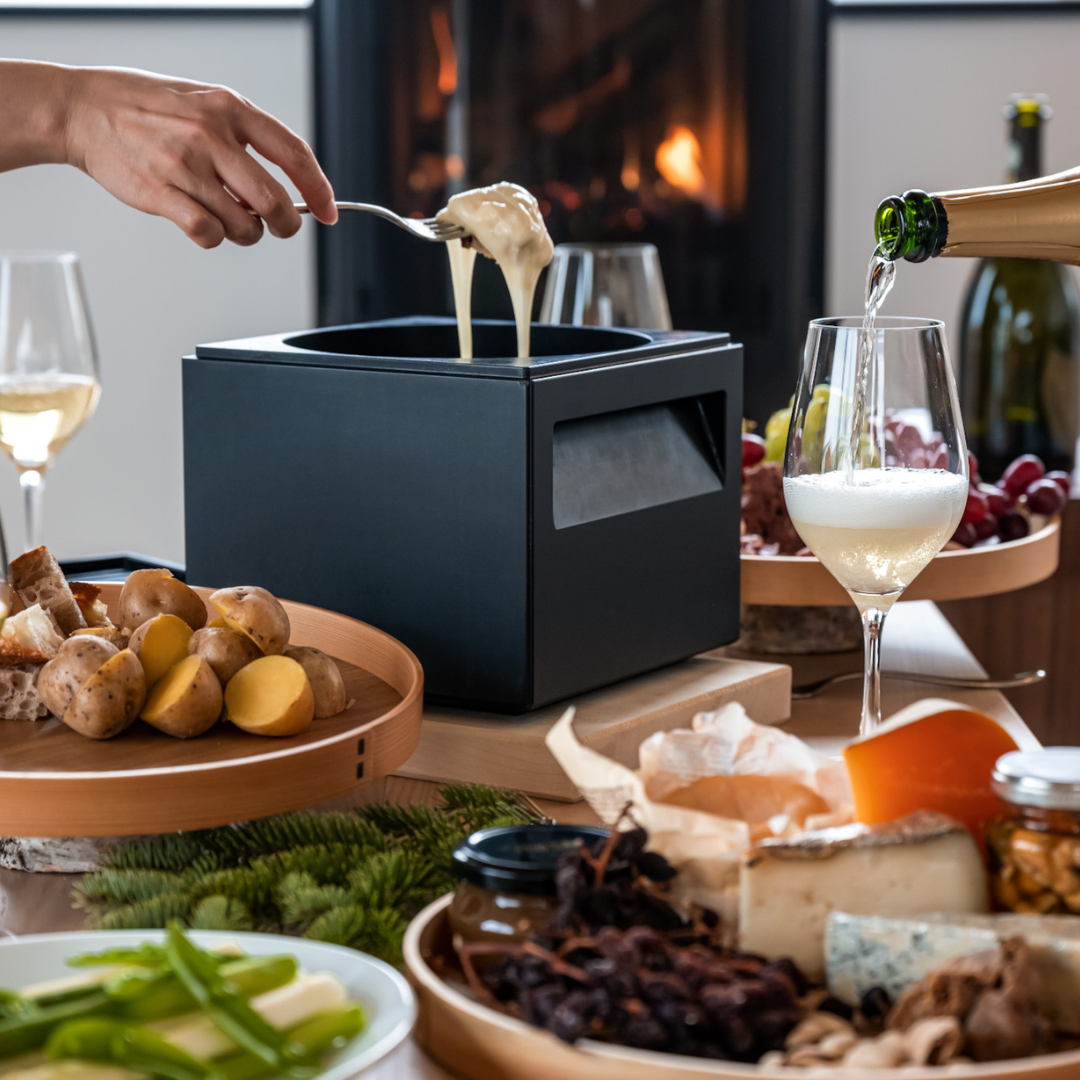Chef Thierry Marx is ANAORI French ambassador chef. We asked him three questions about the kakugama. Listen to this great Chef feedbacks on ANAORI kakugama!
ANAORI: According to your professional experience, what are the differences between ANAORI Kakugama and other cooking tools ?
Thierry: The advantage of kakugama over other cooking tools is its consistency and its environmental responsibility, i.e. the energy consumption of kakugama is better than any other cooker. This is a very strong advantage today because we have to measure economically our flows, whether it is electric flow or gas flow. Here, with this type of material, there is a heat storage and it allows a much more regular convection.
ANAORI: How does kakugama contribute to your cooking?
Thiery: It's an all-purpose tool, it does everything. I can do grilled, I can do simmered, I can do roasted, I can do anything with it, I can even do fermented cuisine. I use it in every possible and unimaginable form. I make sourdough starts in it, notably sourdoughs for my buns, for some of my dishes. I also make fermentations of vegetables or seeds. Then, I rinse it and I make preparations for my meat juices, for the browning of my chicken wings, by wetting to the height to make infusions of these meat juices, vegetable infusions. And then, the good traditional simmering, lamb curry or vegetable curry, or poultry fricassee or whatever fits the cuisine. The advantage is that it is a small volume and easily capable of being stored and placed on the table. The last attraction of this product, which is very useful for me, is to use the grill. I heat up the grill, bring the kakugama to the table and finish cooking on the grill in front of my customers.
ANAORI:The kakugama is a cooking tool that offers a whole new perspective, both traditional and innovative to bring out the flavors and nutritional values of ingredients, to get back to basics. In recent years, several cooking methods have been invented in the culinary world, focusing more on efficiency, precision and advanced technology, i.e the value of steam cooking, vacuum, molecular. Some chefs think that this evolution is a good thing, others think that it should remain classic and simpler, what do you think?
Thiery: There has been an evolution but not a revolution.
The basis is convection, the basis is fire. That's what cooking is all about: gesture, fire, time. There has been no revolution. When we talk about molecular cooking, first of all it is not a cooking, it is a tool for understanding the mechanisms of transformation of a product. Afterwards, the so-called low temperature cooking, with plastic bags, is not very interesting, it is not very modern. My great-grandmother used to cook at low temperature, when she let the fire go out to recover the casserole the next day, she was already cooking at low temperature. Now we have the synthesis of all that, that is to say that we don't use plastic, we can do low temperature cooking, we can do browning cooking, we can do steam cooking and grilling. So everything is synthesized in the kakugama. There is no conflict between tradition and innovation as there is no conflict between beauty and usefulness, as Japan reminds us of that a lot. The kakugama is a synthesis for cooking, it is really for those who love cooking, whether you are a professional or a hobby cook, you have a synthesis object that allows you to approach everything in terms of cooking, the simmering, effectively reducing the cooking time because you have such a concentration in this casserole finally that the cooking is a little faster, We control less cooking time so we preserve the nutritional heat and then the wooden hat, which is magnificent, allows us to have a watertightness to preserve the flavors and even add flavors thanks to this wood which will become very aromatic. So everything is gathered and we can finish on a last gesture of grill, which allows us to add something a little more smoked. It is really an object that synthesizes everything. For cooking enthusiasts, this is really the object that you must have today. It's not connected, it's not digitalized but it responds to the very essence of what the kitchen is. What is cooking? It's about giving memory to the ephemeral and giving comfort to the tasting while remaining as close as possible to the original taste. We're not into overcooking, not into this plastic side of low temperature exchange. The advantage here is that we can heat up, cut the heat, the heat is stored in the kakugama, and the cooking will continue to be done gradually while going down. There have been evolutions in cooking, there has never been a revolution. The normal thing in cooking is to engage ingredients on a convection mode, whether it is flame or steam. There is always the same relationship. There is no serious conflict between the tradition of cooking and its innovation, it is a simple adaptation, not more.
Profile
|
Thierry Marx |
 |






